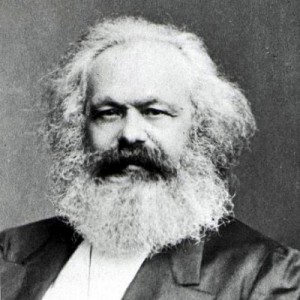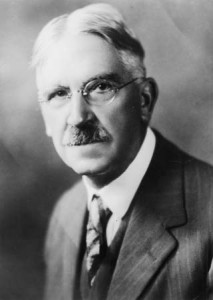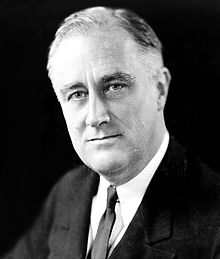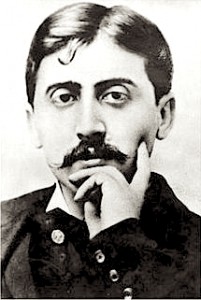 To Llewelyn Powys
To Llewelyn Powys
Hotel Bristol
Rome. October 20, 1937
The senses are self-convinced, self-satisfied, but they are not controversial, they are not propagandist, they are not partisan. The moment we turn the magic of the moment into a maxim, we have clouded the sky. Aristippus is then on the way to become Epicurus, and Epicurus, though only opening a crack of the door towards asceticism, was on the way to become Buddha, or Burton. It seems to me that the mature materialist, whilst giving up all claims to direct the course of nature, may sympathize impartially with all her ingenious works, amongst which sacristies and their contents are not the least; theologies are as wonderful as spider’s webs, and there is no particular object in destroying them, except occasionally for domestic comfort. Fancy is in one sense prior to sensation, because the form of sensation is fanciful and original; and vice versa the most airy flights of fancy, and the greatest ambitious works of men’s hands, issue in pure sensations felt in their presence. It seems to me reasonable to take all these things with equal thanks, and with equal detachment.
From The Letters of George Santayana: Book Six, 1937-1940. Cambridge, MA: The MIT Press, 2004.
Location of manuscript: The Beinecke Rare Book and Manuscript Library, Yale University, New Haven CT




